
Surgery is a very traumatic experience for anyone having it, and especially children. Adults are traumatized by the process of going through pre-surgical, surgical and post-surgical procedures and often suffer consequences. Children are traumatized even more by these procedures as they generally understand them less and have less knowledge of medicine. It often happens that children are frightened by doctors and nurses in their surgical masks and coats and suffer symptoms of distress months after the operation. Most children experience many symptoms, from bed-wetting to persistent nightmares, and that can go on from several weeks to even six months. Some children can even believe that the surgery comes to them as punishment for something bad they had done and could think the parents and doctors are angry at them.
It is very important to be frank and openly explain to children where they are and why they have to do it. It helps to explain these things as children respond to a respectful treatment and to straightforward explanations. Telling the truth should not be left out because the children will not get the right idea if you tell that you are taking them put for a meal and then take them to the doctors. Telling them that it will not hurt at all, is neither good because they will realize that is not true.
Many children hospitals offer tours of operating room and detailed explanations of operation to children, to demystify the surgical procedure. There are even acted out operations on dolls by child specialists who show how anesthesia works explain the equipment and anything connected with the whole process. They even explain what it will feel like when they are under anesthesia and what they should not be worried about.
There is more and more evidence that by giving children, and especially very young children, a sedative prior to surgery will decrease the levels of distress they experience and will beneficially affect any post-operative problems they experience. The number of children given a sedative before the operation remains very small, little bellow 20 %, and when compared to 75 % of adults given a sedative, it can be seen that the statistics can be improved. It has also been established that children who had been given a sedative had 50 to 75 % less problems after the surgery and in contrast to the children who had been given a placebo instead.


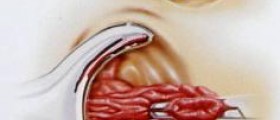
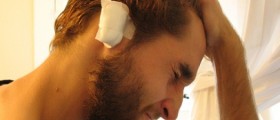
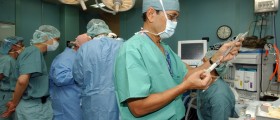

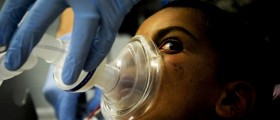


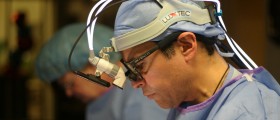
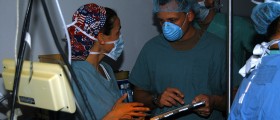




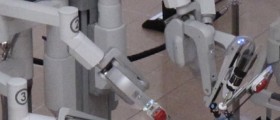
Your thoughts on this
Loading...